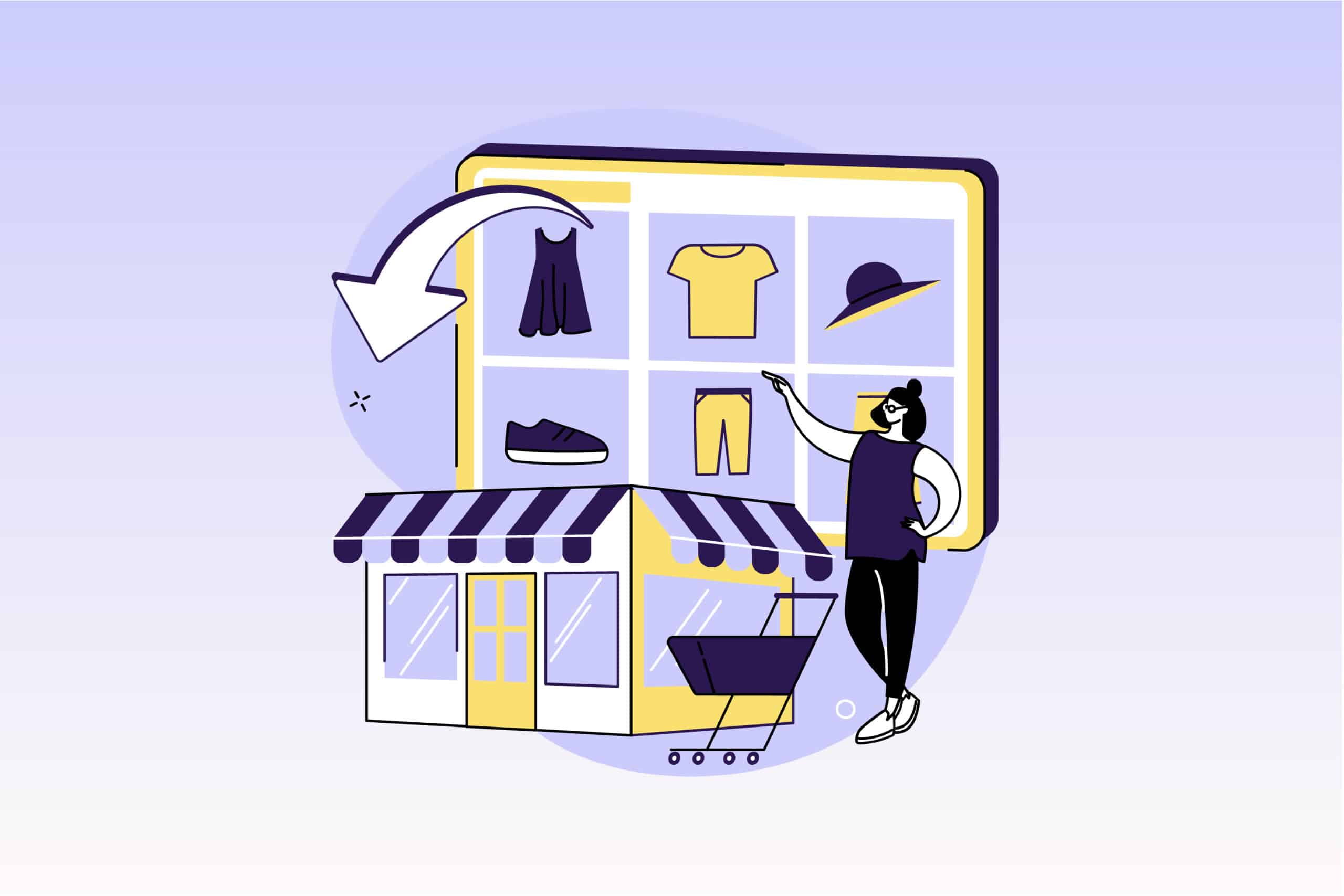ACoS – otherwise known as the advertising cost of sale – is tricky for many online sellers to manage. Representing a calculation of ad spend over ad sales, usually a percentage, it’s a good idea to get it as low as possible to improve your profit potential. The trouble is, this requires the right approach. For part-time sellers and small businesses who might not be as familiar with optimizing their ACoS, it can represent a more significant challenge.
That said, there are ways to address this. The less each product costs to advertise, the more you will pull in – and get to keep – from every sale. Today, let’s look at how to reduce ACoS on Amazon, regardless of the size of your business or how many products you have listed. The key is a combination of effective management and making data-driven decisions.
Paint the clearest picture possible
Many merchants, not to mention the agencies some of them outsource PPC optimizations to, are on a mission: to invest time and effort into search term report analysis. This means that they’re looking for the most profitable relevant keywords, which are typically more expensive, so getting the best possible bids for them is important. Identifying which keywords are causing what conversions, and at what cost, making it easier to paint a clearer picture of overall ad spend.
So, how do we go about analyzing these findings? After all, there can be a lot of information to process, especially if you’re not used to doing this or are tackling the data on your own. Having good Excel and/or Google Sheets skills can come in handy here; creating clean and easy-to-read graphs and pivot tables is a useful way to compile findings in a single, straightforward resource. The trouble is, this can be time-consuming, especially if you need to repeat the same steps for each individual ad campaign you have running.
So, should you look at ACoS from a keyword or campaign level?
Before diving into any method of statistical analysis, you ought to determine which approach is best suited for your business. Do you apply the same approach at a campaign level, or do you dig deeper and perform per-keyword optimizations?
Consider the complexity of your ad campaigns and whether there are significant differentiators to justify the former or latter. Regardless of your approach, the core focus remains the same: force keywords to rank from the outset to hit the ground running and start generating analytics data. After consulting these findings, decide whether it’s best to increase or decrease individual keyword bids or simply remove some keywords altogether.
Depending on the situation, you may find that your ACoS is still too high and there’s no clear way to further reduce it. If this happens, consider what the magic number is that you want your ACoS to hit. Bear in mind the following parameters:
- How competitive are your campaigns in categories relevant to the product(s) in question?
- Where do you stand in terms of the product lifecycle; is an evolution close to completion that would be more beneficial to focus on?
- Are your keywords sufficiently updated to reflect your current products, categories, etc.?
With this information, it may prove easier to determine your ideal ACoS. As they say, knowledge is power!
Common causes of high ACoS and how you can avoid them
Emotions can negatively affect us in all aspects of life if not appropriately controlled. The same applies to your keyword selection; it’s possible to grow attached to “old reliable” keywords that we trust to be consistently worth targeting. The more adaptable and analytical you are, making regular and frequent tweaks to optimize for the best ACoS, the better your chances. To summarize, don’t make emotional decisions; make informed ones instead.
The key here is accurate, relevant data, which can be obtained by effectively managing keywords and bids in tandem with one another. To manage bids effectively, looking at click-through and conversion rates across a large set of keywords is a must. It’s therefore important to identify which keywords are too expensive and which subsequent bids aren’t worth investing in.
In addition, if your ad budgets aren’t sufficient, you’re not going to make as significant of an impact, which can prove a costly mistake in competitor-rich environments such as Amazon. Not biting off more than you can chew and focusing on fewer campaigns to start is an ideal way to avoid this, as you won’t need to spread yourself as thin.
Of course, improving your spreadsheet creation and organizational skills can assist in this regard as well, as can improving conversions via optimized, higher-quality content. The same goes for accumulating real, honest reviews and marketing higher-quality products that are more appealing to users.
What about built-in toolsets for Amazon Sponsored ads?
In the case of Amazon PPC campaigns, following the above advice isn’t enough to reduce your ACoS on Amazon. The toolset provided to merchants by Amazon, as handy as it can be, isn’t optimized for viewing data insights. In short, it only paints a surface-level picture – the outline, if you will.
For the complete picture, we need to dig deeper. Doing so can be challenging if you have a large number of keywords and are trying to market multiple products. One might think that Amazon’s recommended bids system is sufficient at combating this but it isn’t; that’s because the suggestions it provides are based on the long-term average.
Why is this an issue? It makes it difficult to dig beneath the surface, preventing you from making the best optimizations.
The answer? An integrated solution for autonomous ads
Self-driving Amazon PPC solutions like Trellis are the best approach for merchants of all sizes and complexities. We enable keyword discovery, harvesting, and bid optimization in one holistic solution, so when you work with us, you no longer need to deal with complicated Excel spreadsheets or juggle a slew of tools.
All you need is to connect the software to your Amazon account, plug in your goals, and you’re set! Our autonomous PPC solution will manage your campaigns for you so you can focus on growing your business.
Discover our easy-to-use Amazon Sponsored ad solution.
The real barrier to reducing ACoS on Amazon is this: can you compel users to convert and complete a purchase, and at an acceptable cost to your business?
It’s only possible if you inform your decisions with data. Automation and artificial intelligence-based solutions such as Trellis are often the only way to do this correctly, especially if you’re trying to manage multiple campaigns. Contact us today to learn more about Trellis and say goodbye to sky-high ACoS!





